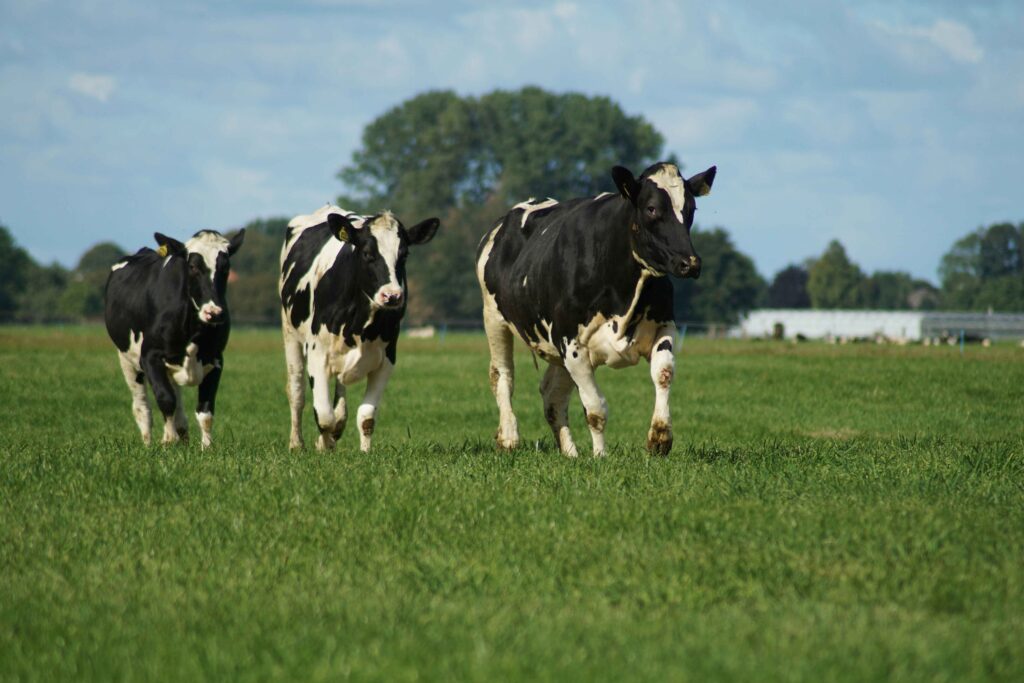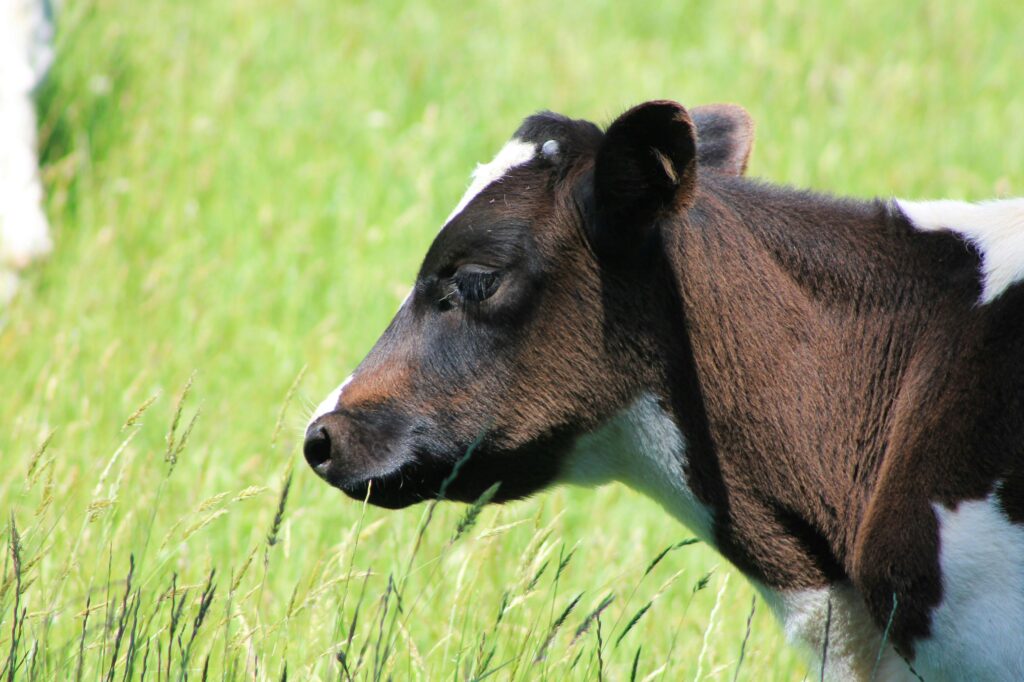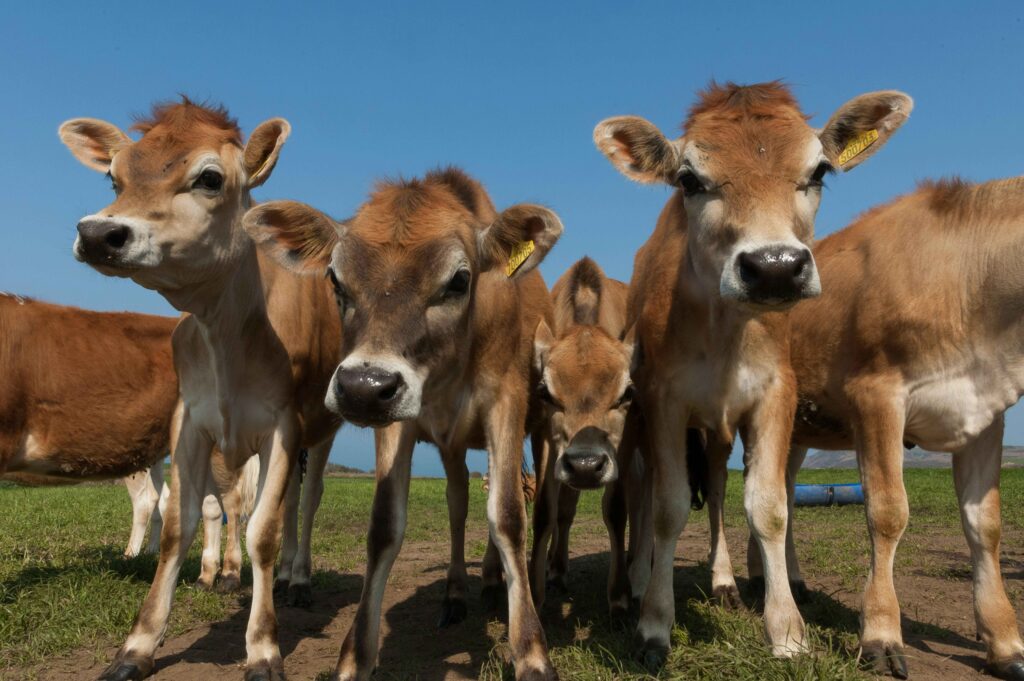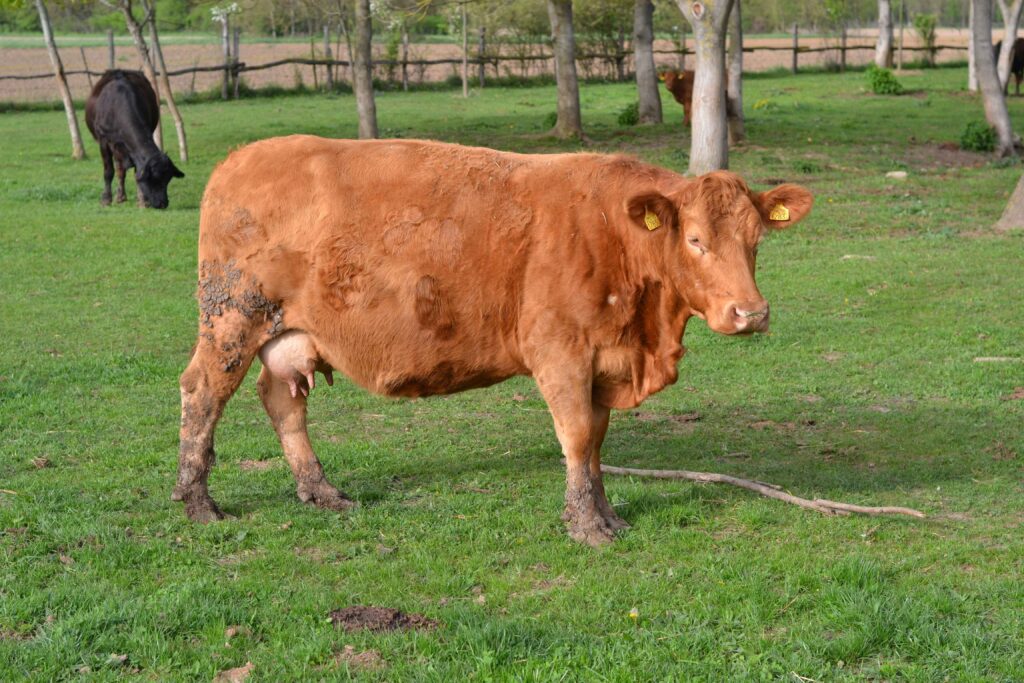Whether you’re dreaming of your first dairy cow for a self-sufficient life, or you’re already managing a small herd, understanding how much milk a cow produces daily is vital. It helps you plan your family’s needs, manage feed budgets, and even explore small-scale milk sales or cheese-making ventures.
In this guide, we’ll break down typical daily milk production, focusing on popular dairy breeds in Australia, the key factors that affect yields, and simple strategies to maximise healthy milk output—all with clear steps for small-scale farmers.
How Much Milk Does a Cow Produce Daily in Australia?
On average, a well-managed dairy cow can produce between 10 and 30 litres of milk per day, depending on breed, diet, and environment. However, production isn’t consistent across all cows or farms. Different breeds have naturally different outputs and suit different goals—some are better for volume, others for quality.

Daily Milk Production by Cow Breed
Holstein-Friesian
- Average Milk Production: 22–30 litres per day
- Known For: High volume milk output
- Typical Use: Commercial and larger-scale dairy farms
Holsteins are the black-and-white cows you often picture when thinking of dairy cattle. In Australia, they dominate large dairy operations due to their exceptional daily yields. However, they require substantial feed, good pasture management, and more intensive care compared to heritage or dual-purpose breeds.
Tip: If you’re running a small acreage, make sure you have a steady feed plan. Holsteins need high-energy diets to sustain their production.

Jersey
- Average Milk Production: 15–20 litres per day
- Known For: High butterfat content (ideal for cream, cheese, and yoghurt)
- Typical Use: Small farms, homesteads, artisan dairy products
Jersey cows may produce less volume compared to Holsteins, but their milk is prized for its richness and flavour. Jerseys are also smaller-bodied, meaning they eat less and are easier to handle—a big advantage for new farmers and families.
Tip: Jerseys thrive on pasture but still need mineral supplements to maintain their creamy milk quality.

Australian Red
- Average Milk Production: 18–25 litres per day
- Known For: Adaptability to Australian conditions
- Typical Use: Commercial and lifestyle farms
The Australian Red is a cross between Scandinavian breeds and local cattle, designed to handle Australia’s variable climates. They offer good milk yields and fertility, while being hardier in harsher conditions compared to pure Holsteins.
Tip: If you live in a hotter region or have less lush pasture, the Australian Red is worth considering.

Illawarra
- Average Milk Production: 20–25 litres per day
- Known For: Longevity and strong maternal instincts
- Typical Use: Family farms, heritage breeders
Developed in New South Wales, Illawarras are Australia’s own dairy heritage breed. They balance volume and butterfat nicely, making them excellent for multi-purpose family farms looking for reliable, long-term production.
Tip: Illawarras often do well on mixed diets and can graze efficiently, which can lower your supplementary feed costs.
Factors That Influence How Much Milk a Cow Produces
Milk production isn’t set in stone—it varies according to several practical factors. Understanding these can help you manage expectations and maximise outcomes.
- Breed Genetics: Some cows are bred for milk volume, others for butterfat or resilience.
- Feed Quality: Access to fresh pasture, good hay, and supplemental grains is crucial.
- Stage of Lactation: Milk output peaks about 6–8 weeks after calving and naturally declines thereafter.
- Health Management: Illness, parasites, or mineral deficiencies can significantly reduce yields.
- Climate and Stress: Heat stress, poor shelter, or transport can lower daily production.
- Milking Routine: Consistency in milking (once or twice daily) influences the cow’s milk supply response.
Simple Practical Tip:
Always ensure cows have unlimited access to clean water—milk is about 87% water, so hydration directly impacts yields.
How to Maximise Daily Milk Production
If you want to encourage steady, high-quality milk production without exhausting your cow, follow these practical steps:
1. Invest in Pasture Management
- Rotate grazing areas to keep grass lush and avoid overgrazing.
- Supplement with hay and grain during dry seasons.
- Consider planting drought-tolerant forage species.
2. Prioritise Cow Health
- Regular vaccinations and parasite control are essential.
- Monitor for signs of mastitis (swelling, hardness in the udder).
- Keep living conditions clean and stress-free.
3. Maintain a Consistent Milking Routine
- Milk at the same times each day, ideally 12 hours apart.
- Be gentle but efficient—stress-free milking leads to better let-down.
4. Provide Mineral and Nutritional Supplements
- Calcium, magnesium, and phosphorus supplements help support lactation.
- Salt licks and loose minerals can prevent deficiencies, especially in poorer soils.
5. Choose the Right Breed for Your Goals
- For maximum volume: Holstein-Friesian
- For rich milk (ideal for cheesemaking): Jersey
- For hardy, all-purpose family farming: Illawarra or Australian Red
Actionable Insight:
Matching your breed choice to your feed availability and climate will naturally maximise production without overburdening your animals or your wallet.
Owning a milk cow, whether on a backyard block or a small acreage property, can be one of the most rewarding steps toward self-sufficiency. By understanding how much milk a cow produces daily, choosing the right breed, and setting up good management practices, you can reliably enjoy fresh milk, cream, cheese, and even extra income.
Focus on quality care over quantity obsession, and you’ll find dairy cows to be generous, resilient partners in your self-sufficient journey.


